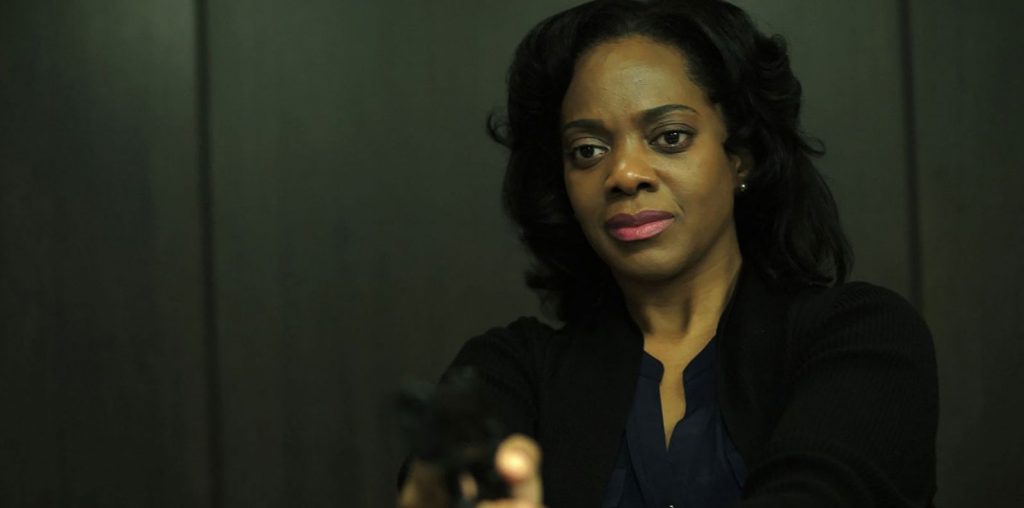
Robert Fantinatto’s documentary feature film, I Dream of Wires, walks us through the evolution and history of modular synthesizers, focusing heavily, initially, on the dual ascension of pioneers Moog and Buchla, as their gear jockeys for prominence, with Moog winning out mostly for catering to what musicians already know by adding a keyboard interface and releasing the Mini-Moog. The film then covers the near-death of the modular synthesizers, as the ’80s find favor with the cheaper, easier-to-comprehend digital synthesizers, like the Yamaha DX7. Eventually, thanks primarily to house music, modular synths begin to creep back into the musical landscape, until you get to present day, where a subculture of module collectors and performers thrive, improving upon the older models and re-crafting the world of modular synths in new and intriguing ways. Throughout, modular synth enthusiasts, historians and musicians share their knowledge and passion, crafting an accessible picture of equipment some have long though obsolete, and others have found too intimidating to comprehend.
As far as documentaries go, this is a slick, polished production. The film looks great, and as one would hope and suspect, the audio is wonderful, with the score by Solvent setting the perfect mood throughout. My only issue with the production is the narration itself; it feels oddly affected, like a segment on a news program like 60 Minutes. It’s not horrible, but it’s not comfortable either. It underscores that I’m learning, as it makes me feel like I’m watching a report more than hearing a history, if that makes any sense.
The main hurdle that this film has to deal with is the same one that has existed throughout the history of modular synths, in that often an audience will see a massive, or less than massive, wall of blinking lights and seemingly haphazard wires and just get intimidated by the equipment. Here, the intimidation is in making sense of what you’re seeing and hearing. The film does a great job of teaching you the history, and letting the enthusiasts share their passion for the gear, but at the end of the day you’re still removed from it all. The answer eventually comes when a synth dealer points out that it’s not enough to talk about modular synths, you need to let people get hands-on, talk them through their first experience and let the infection spread.
And hopefully this film will get someone new into the experience, who will seek the gear out to play with on their own time. For those less inclined, however, I feel like you can learn the history, and you can understand the appeal, but I don’t know that you can really “get” it. I’m not saying this as a modular synth enthusiast, I’m saying this as someone who still sees those blinking lights and wires and gets intimidated. I know more now than I did, but the film can only take you so far.
Still, this is as accessible a film about the subject I’ve ever encountered, and I think it opens the door to the world well enough that you can take that next step if you want. If you’ve already taken those steps, and see this film and find it not dense enough for your synth fanatic tastes, you might be happy to know that a four-hour cut of the film is available too. Which I think is an extremely smart decision by the filmmakers, releasing two cuts that can appeal to different audiences. They could’ve just preached to the choir, but they attempted to spread the word with a shorter, more accessible cut. I do think they mostly succeed but, again, I think it’s going to feel incomplete for an audience unless they can get some time working with the gear too.
This film was submitted for review through our Submission for Review system. If you have a film you’d like us to see, and we aren’t already looking into it on our own, you too can utilize this service.
